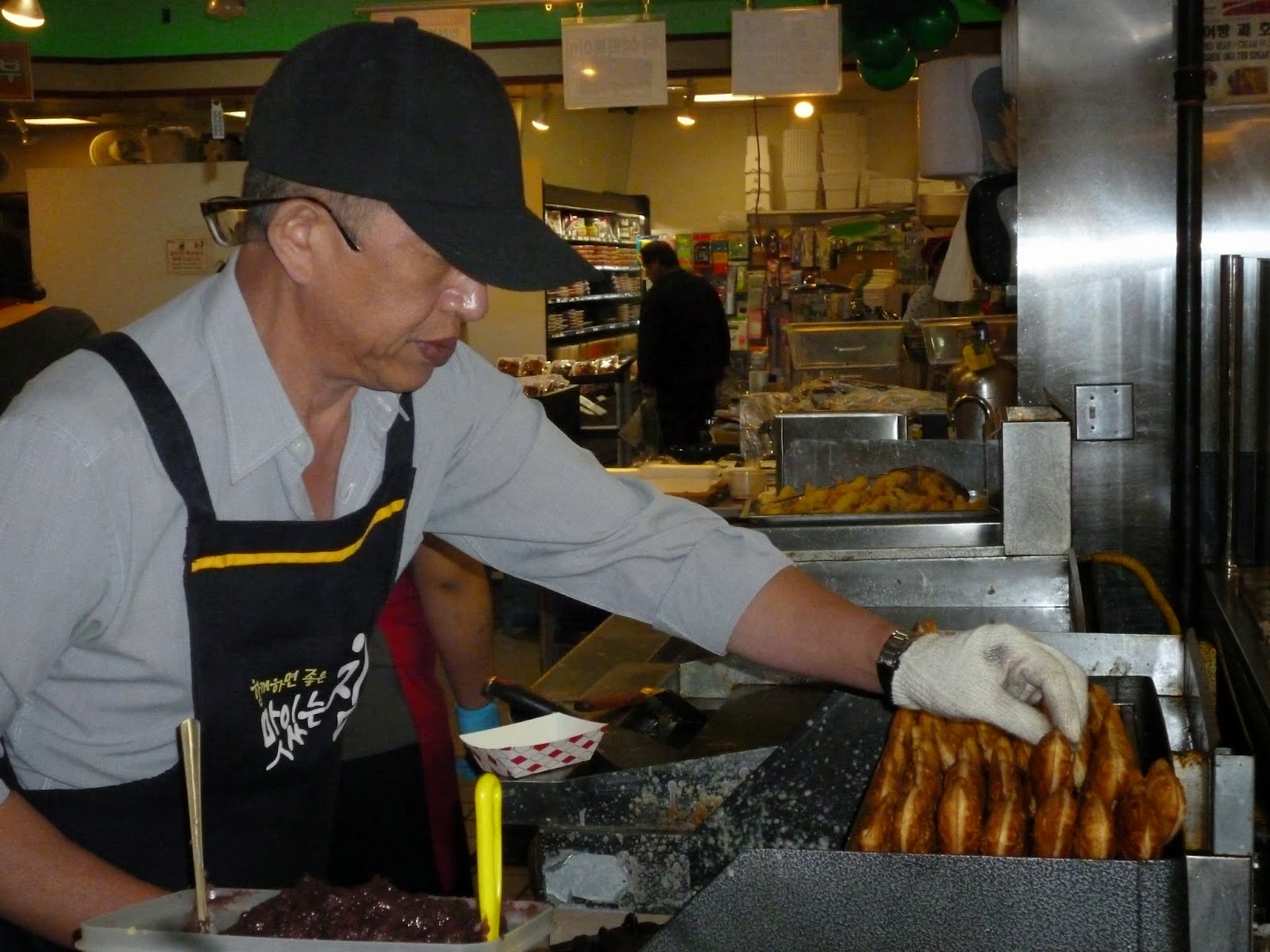So it must be time for another 'truth in travel' blogpost. This one comes from the Metropolitan Lounge at Union Station in Chicago, where I'm waiting for an overnight train to New York. It's late and I'm tired, and the best forecast at the moment is the train will be three hours delayed because of the latest Arctic blast. Having checked out of a hotel at 11am, we've been on the go since then and am sorely in need of sleep.
But then travel can't always be fun. It's not always easy. Everyone has stories of being stuck on the tarmac for hours; the time they almost got swept out to sea, the twenty-four hour delay at the airport. They might make a good anecdote some time in the future, but while they're happening they're frustrating, tiring, disappointing, infuriating and inevitably completely spoil that lovely, freewheeling feel.
Sometimes travelling just is tough. Rocking up in February in Chicago has not been without its challenges;
sub-zero temperatures, snow, wind, having to wear so many clothes to keep warm that you give up any idea of looking even vaguely presentable and just hope the bag-lady look is in this season. But in spite of the weather, we've had a fabulous time - the city is like a dialled-down New York; hugely friendly, unpretentious and architecturally stunning, with public art everywhere - the most spectacular of which is Anish Kapoor's The Bean (actually called Cloud Gate) below
and an art gallery, The Chicago Institute of Art, to rival New York's Metropolitan museum and London's National Gallery.
We've eaten soooo well - not just on the foodie tour (which saw us munch our way through hot dogs, chocolates, bratwurst and deep pan pizza) but at fantastic restaurants around the city. We've done classic American fare at Wildberry Pancakes (www.wildberrycafe.com) and more avant-garde dishes at the fantastically-named Girl and the Goat (www.girlandthegoat.com). Deep pan pizza at Pizano's (www.pizanoschicago.com) was a revelation; more like a deep-filled English flan, with shortcust pastry, than any kind of pizza.
When travel gets tough you motor on through; stick on the bright orange Carhartt hat that was the first one you could find to buy because it was so cold you thought your ears might snap off, and just keep on going. There are inevitably going to be times when it's not fun, and if I'm honest one of those is right now. But then I tell myself that whatever time I get on the train, when I get off it I'm going to be in New York.
It's a thought that brings a smile to my face. Well it will, when the frostbite wears off.
NB: If the photo's are a little more professional than the usual content on this blog, it's because they're not mine. The USB connector between my camera and my laptop is just the latest thing to be consigned to the ever-growing 'left-in-a-hotel-bedroom' list. Still, at this rate my suitcase is going to be considerably lighter on the way home...










.JPG)














.JPG)
.JPG)

























